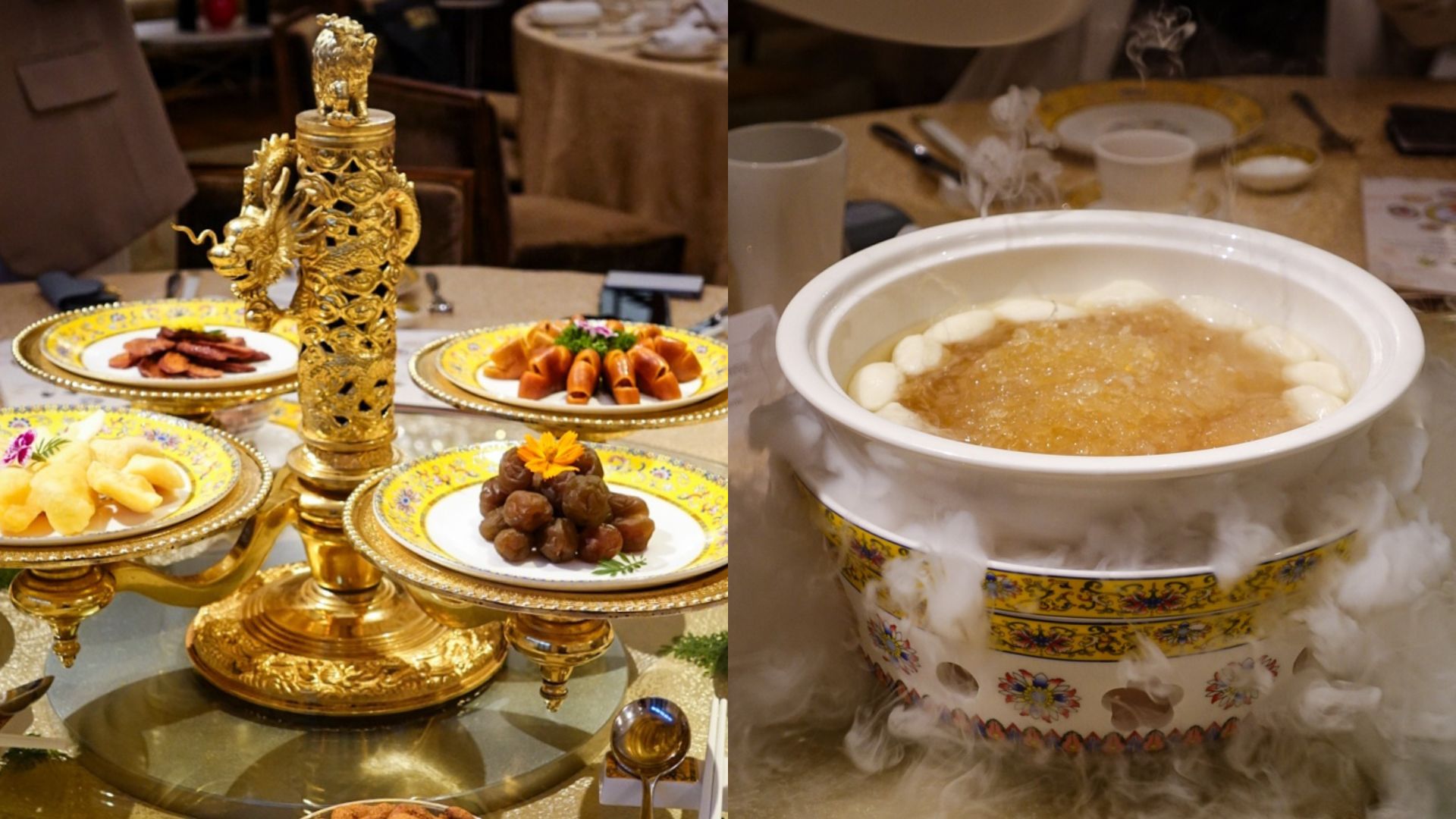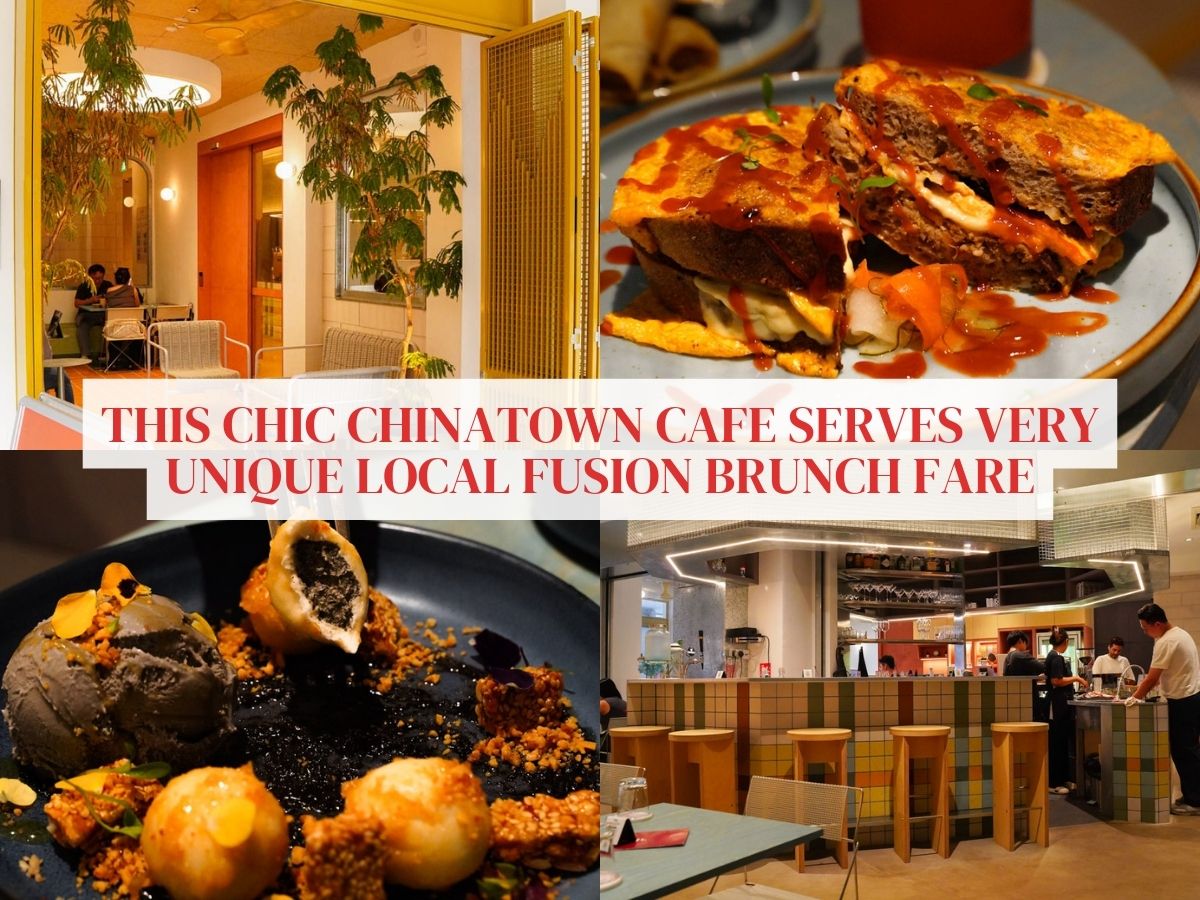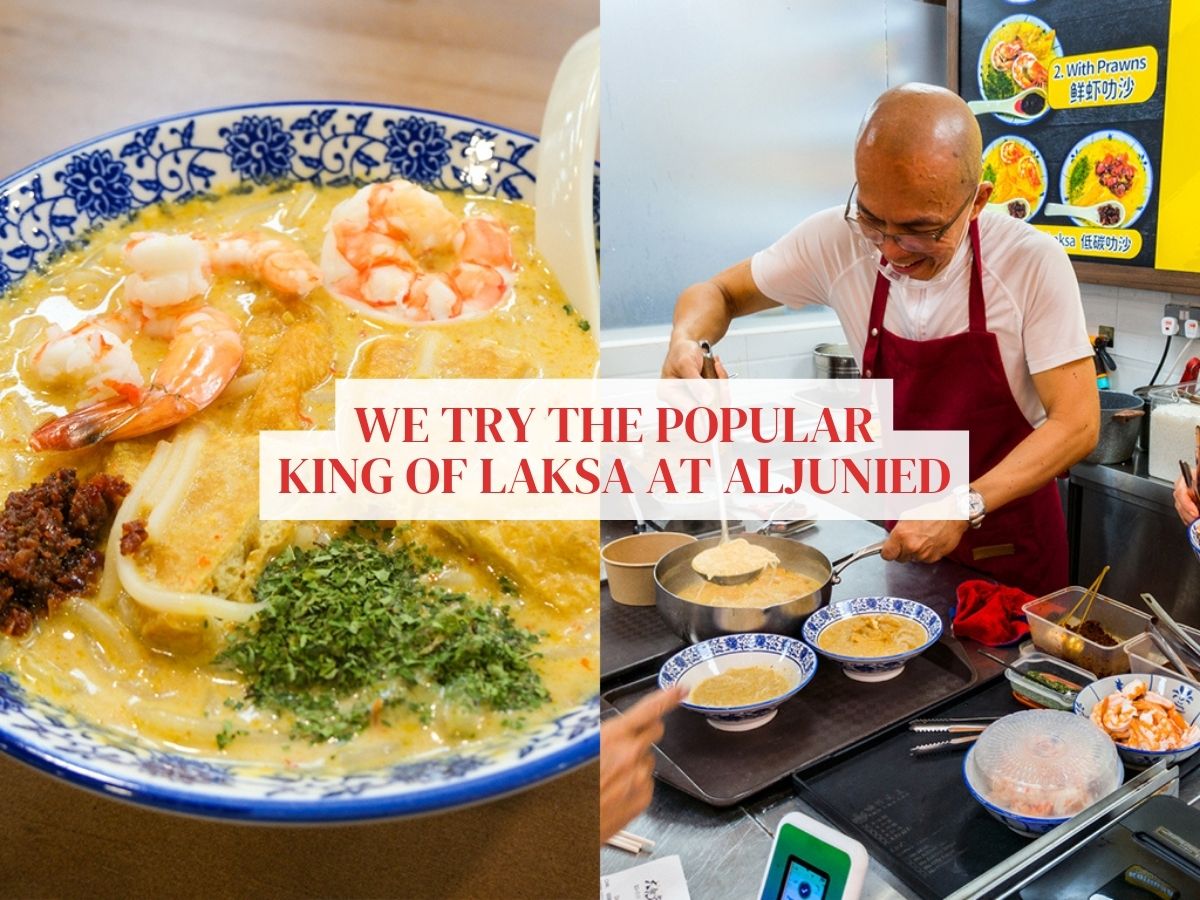I tried a S$588 imperial Manchu-Han feast in Singapore — here’s how it went
The Netflix Korean time-travel drama Bon Appetit, Your Majesty is probably on everyone’s minds right now, with the finale having aired relatively recently.
During the 12-episode series, viewers were treated to a glimpse of royal Korean cuisine, with some sneaks of Chinese imperial dishes, as the plot involved a visit from a Chinese envoy.
While we don’t quite have that in Singapore, what our sunny island has is an upcoming Manchu-Han imperial feast, hosted by Man Fu Yuan at the InterContinental Singapore hotel, for two nights only, on November 8 and 9.
The dinner, which costs S$588, is an elaborate, five-hour-long affair that begins from 5.30pm to 10.30pm each evening.
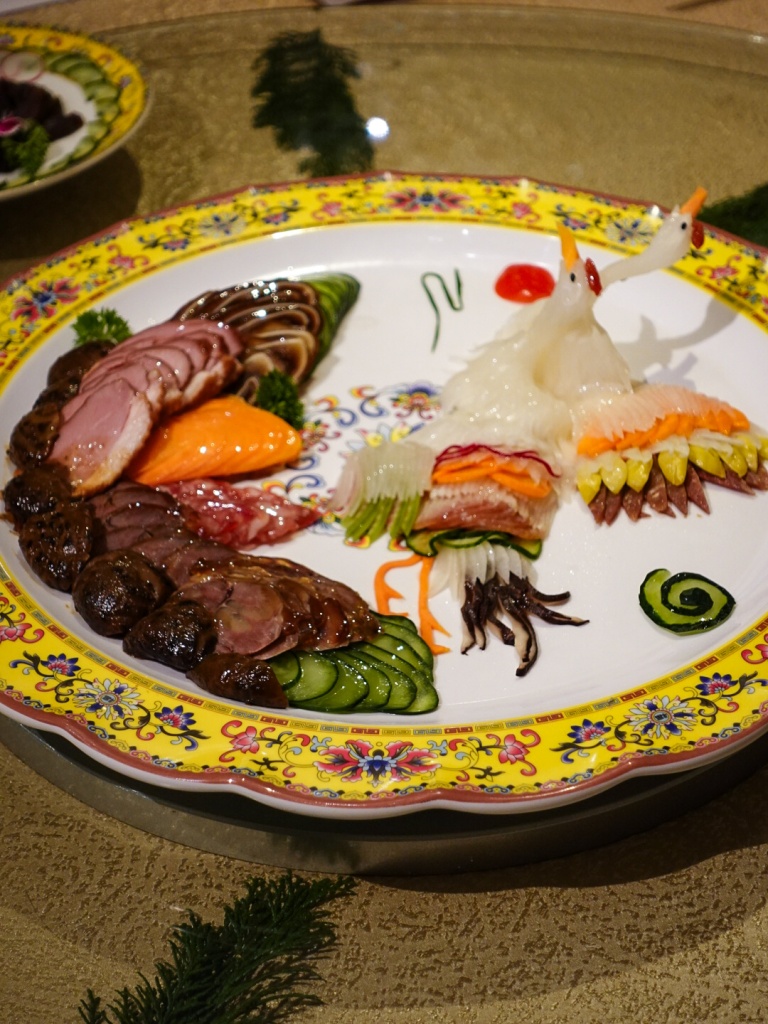
It originated in the Qing dynasty during the 17th century and is recognised as one of China’s most intricate imperial culinary traditions.
The grand feast typically comprises over a hundred dishes, served over several days and is usually consumed by royalty or during state occasions only.
First Singaporean to learn the ways of the Manchu-Han feast
Man Fu Yuan’s executive Chinese chef, Aaron Tan, 44, had learnt the finer details of this tradition and how to prepare the dishes from 71-year-old master chef Qi Jinzhu.
Chef Qi is said to have trained under Tang Keming, the last imperial chef of the Qing court, and has spent decades preserving his knowledge of the court’s recipes and techniques.
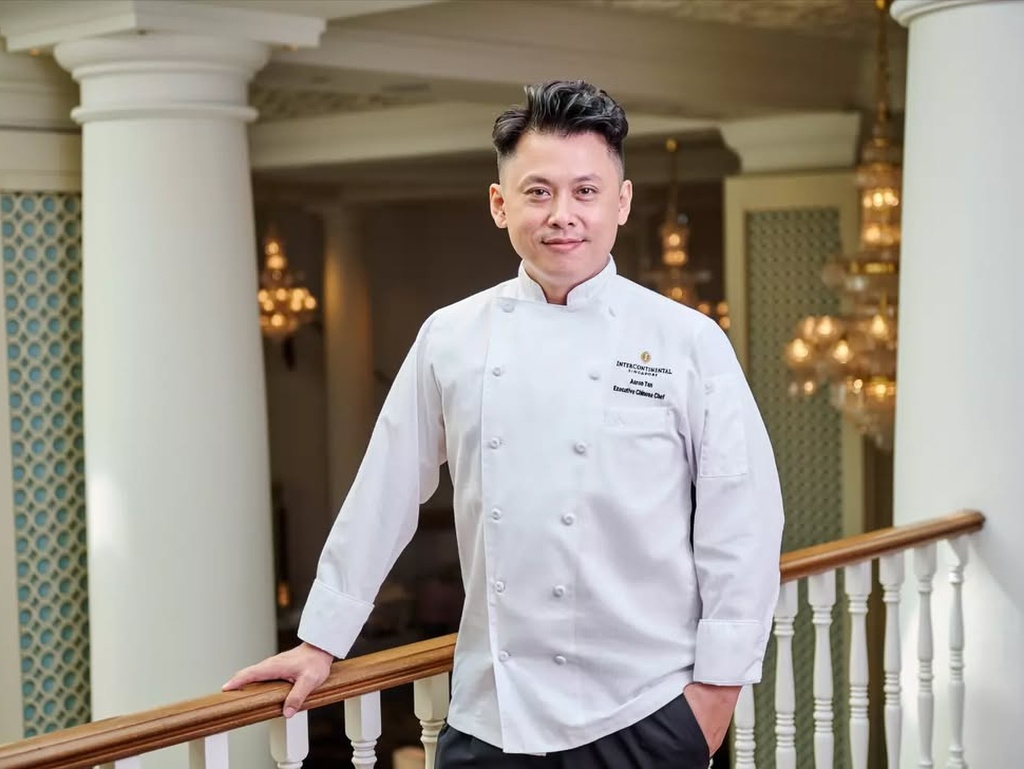
Speaking to media at a preview of the feast, chef Aaron said he met his mentor (whom he addresses as Master Qi) a few years ago and was awed by the chef’s devotion towards traditional techniques, and his mastery of flavours and textures.
Chef Aaron is the first Singaporean to be recognised as a formal disciple of chef Qi, but it wasn’t the prestige that drew him in. Rather, it had stemmed from the desire to learn, preserve, and share a rare tradition.
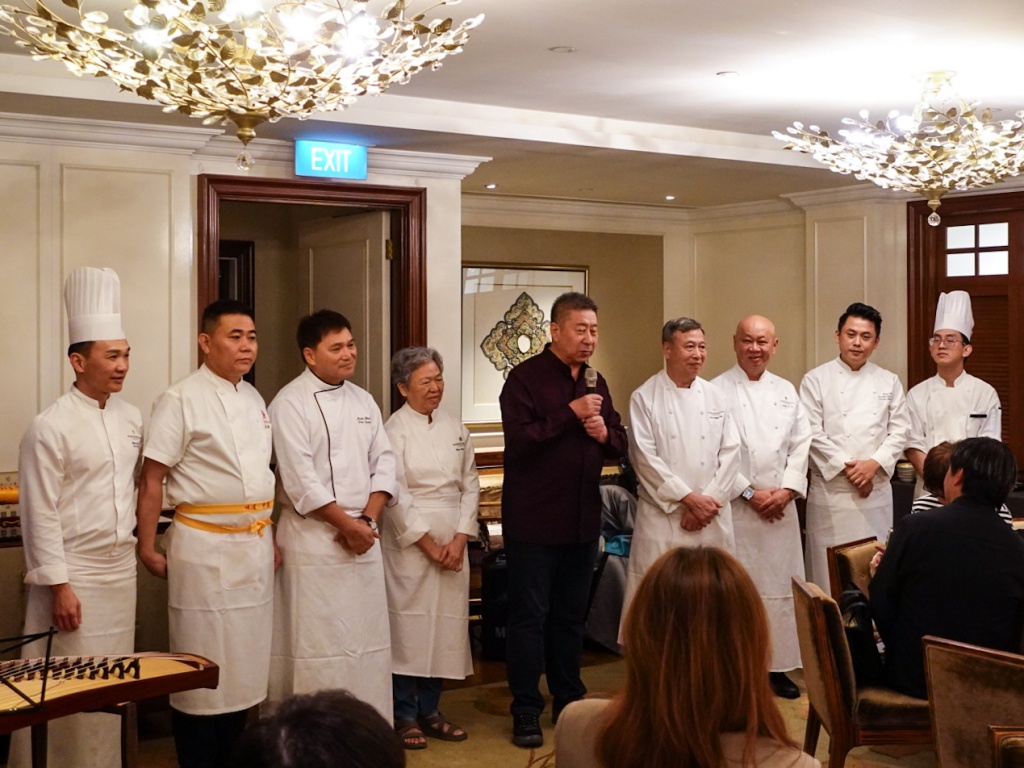
In fact, chef Aaron tells us: “It (the selection process) was highly rigorous, because this was knowledge that chef Qi did not want to pass on lightly.”
He had undergone multiple live-cooking demonstrations, blind technical audits and in-depth interviews, before chef Qi had agreed to take him on as an apprentice. Chef Aaron’s tutelage even involved him joining chef Qi for a Hong Kong Manchu-Han banquet, which saw three days of prep work beforehand.
Enjoying the grand feast
Having never tried imperial Chinese cuisine before (but seeing it served in Chinese period dramas), and being a fan of traditional practices in general, the Manchu-Han feast certainly sounded like a treat to me.
The actual tradition involves more than a hundred elaborate dishes, however Man Fu Yuan’s version comprises over 20 — this is still no small feat, considering it is to be served over five hours.
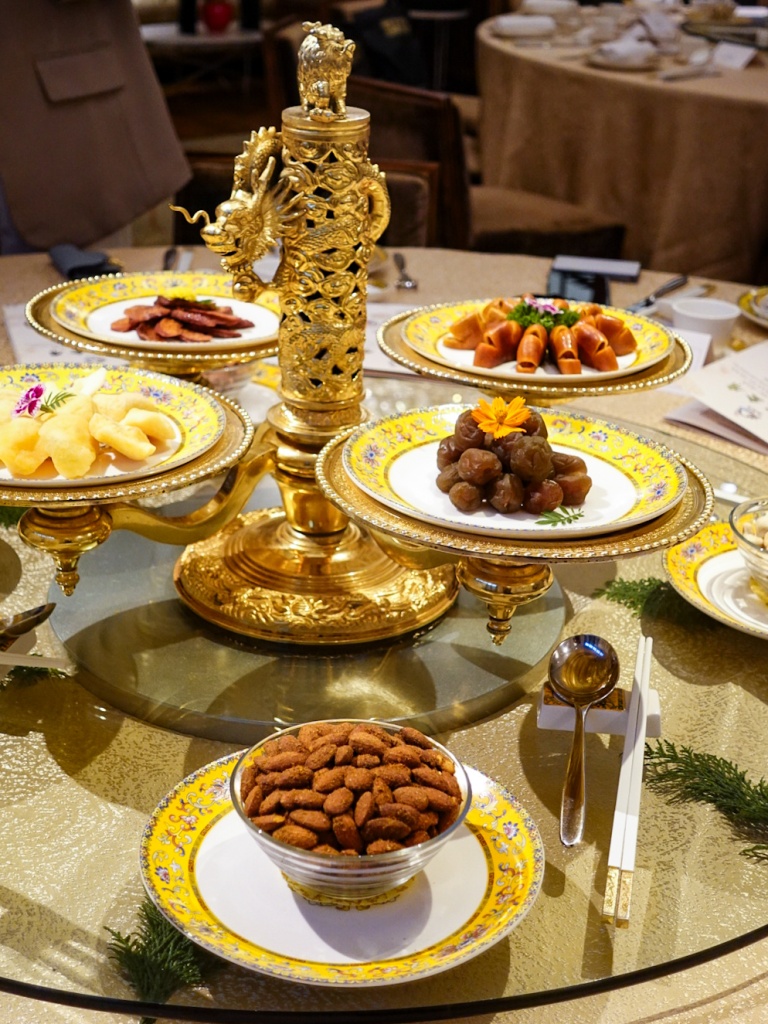
While it is an abridged version of the actual feast, Man Fu Yuan’s version is structured just as it would have been: It starts with a Cantonese tea ceremony, followed by cold starters, hot dishes, stir-fries, breads, soups, and ends with a closing cup of tea.
We were first served dozens of nibbles, in the form of nuts, dried and fresh fruits, Chinese cakes, and pickles, all placed on an intricate, gold stand with dragon motifs.
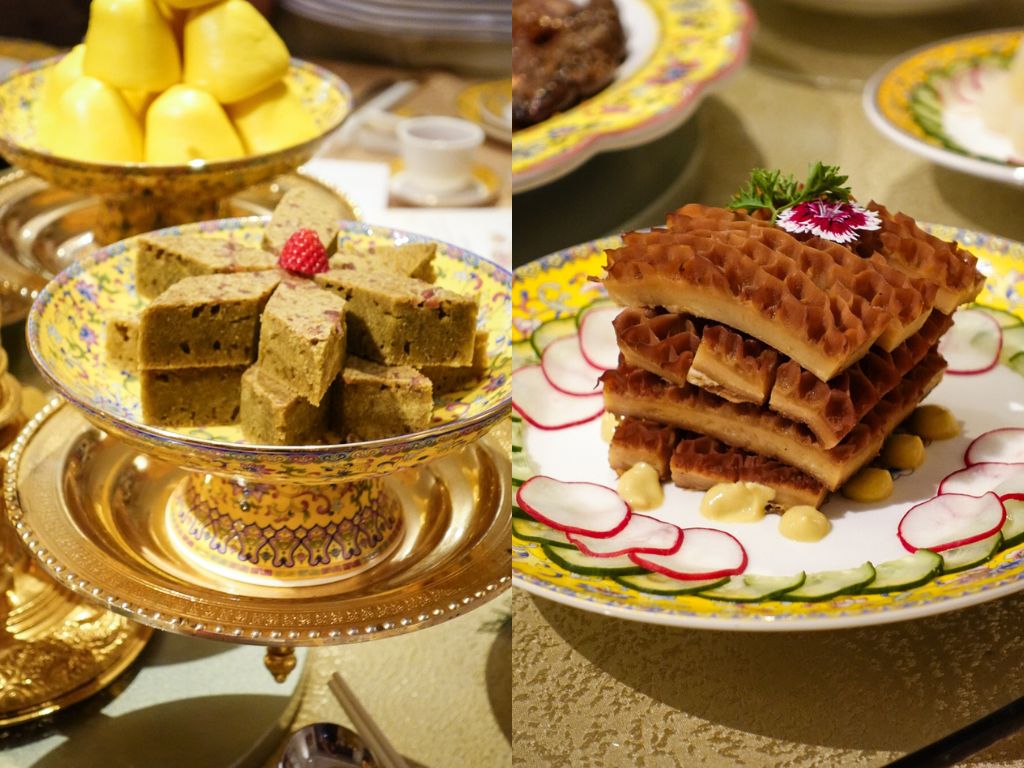
Lest you think that this is what the feast is going to be like — that is, multiple small plates — you’d be wrong. These are really just simple starters, meant to whet your appetite ever so slightly, thanks to the vibrant colours and variety of items served.
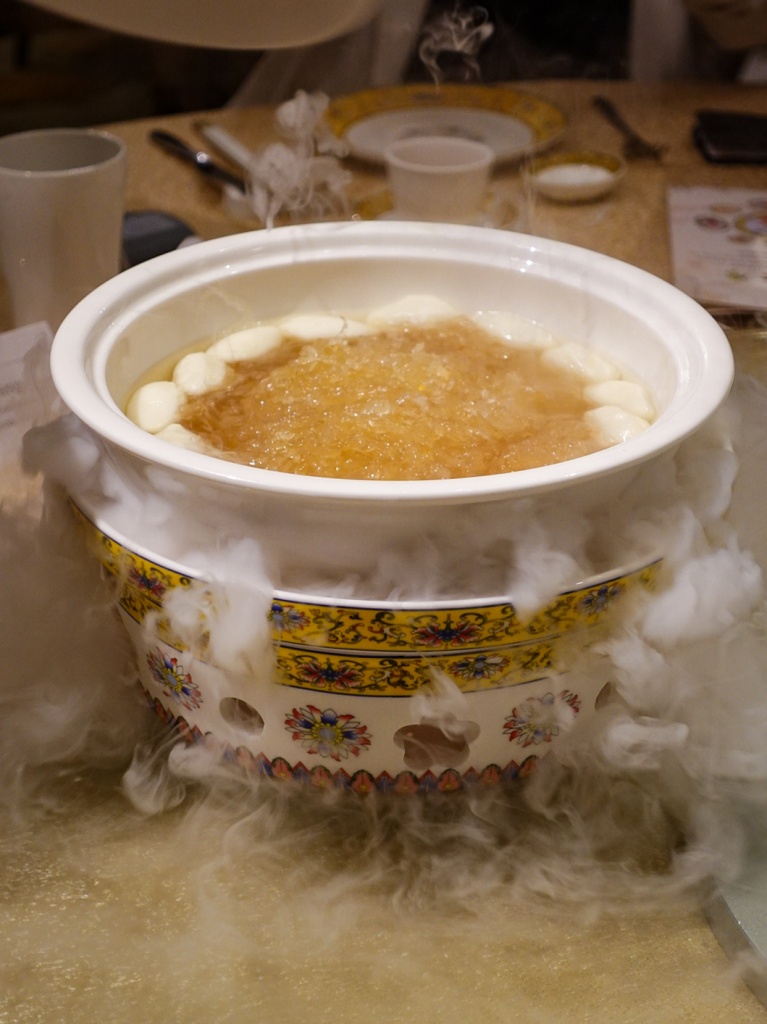
The artistry really begins from the third course (cold appetiser), where it is clear that each dish is elaborately prepared and meticulously plated.
Take for example, the premium dried abalone with dried grouper skin, or the Kun Lun abalone, which sees rehydrated dried abalone delicately braised in a stock with a 2m-long piece of dried giant grouper skin.
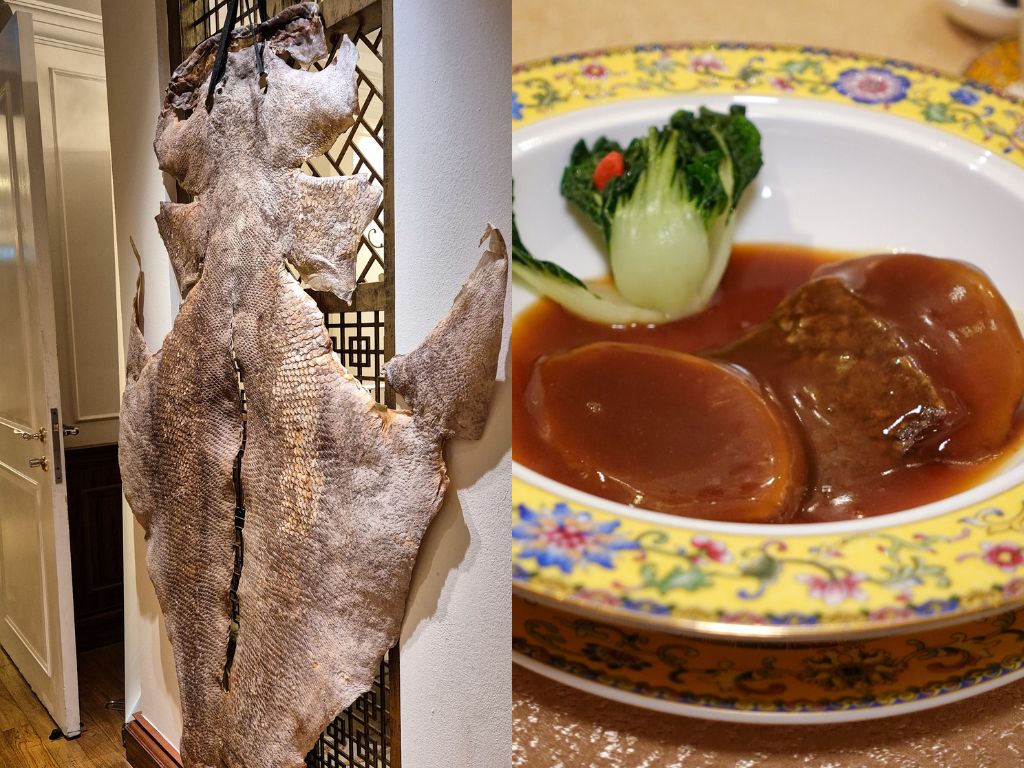
Both the abalone and the fish skin are soaked for days, but processing the huge sheet of skin is particularly arduous — it is first soaked, then steamed, until it is adequately soft for the scales to be removed by hand.
It is then served with a thick, umami-laden brown sauce that is so delicious you’d be forgiven for slurping it all up like a soup.
The other dish that might turn some heads is the Orchid Bear Paw, listed on the English menu as Bear Paw with broccoli. Clearly, it’s not a real bear’s paw, but instead made out of pig skin on the outer layer, and minced pork and beef tendon on the inside.
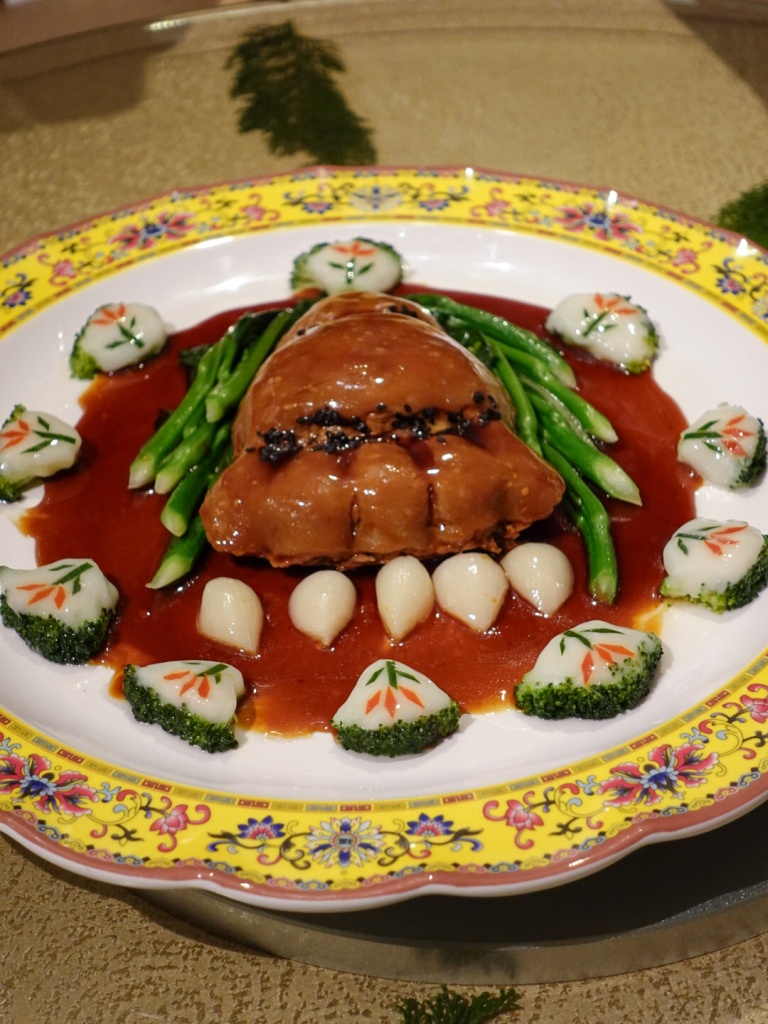
In case you’re wondering why it looks so much like one — it was placed in a customised mould in order to look like the real McCoy.
Other unconventional proteins include braised deer trotter that’s served with melon and tofu. It’s delicious, sure, but its unique, bagua symbol-style presentation of the tofu pieces was what caught our eye more.
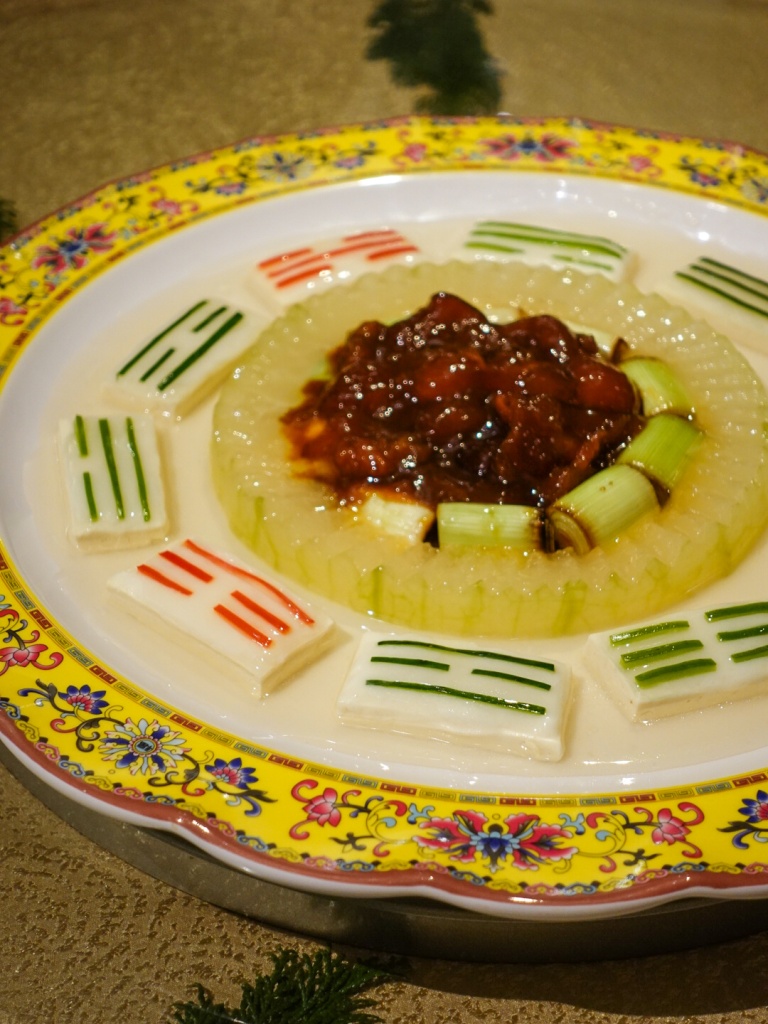
The dinner will also see a roasted whole lamb, marinated in Mongolian herbs and aromatics, being served. While we didn’t get to try this ourselves, we can imagine it would be quite the show-stopper, visually and taste-wise, as it is slow-roasted for hours to infuse the meat with the flavours, and to ensure it is fork-tender.
There are many plates over the course of the night, each plated to look like a piece of art, almost. In fact, there are so many that you might even lose count, but by the end of it, thankfully nothing is too overly cloying or indulgent.
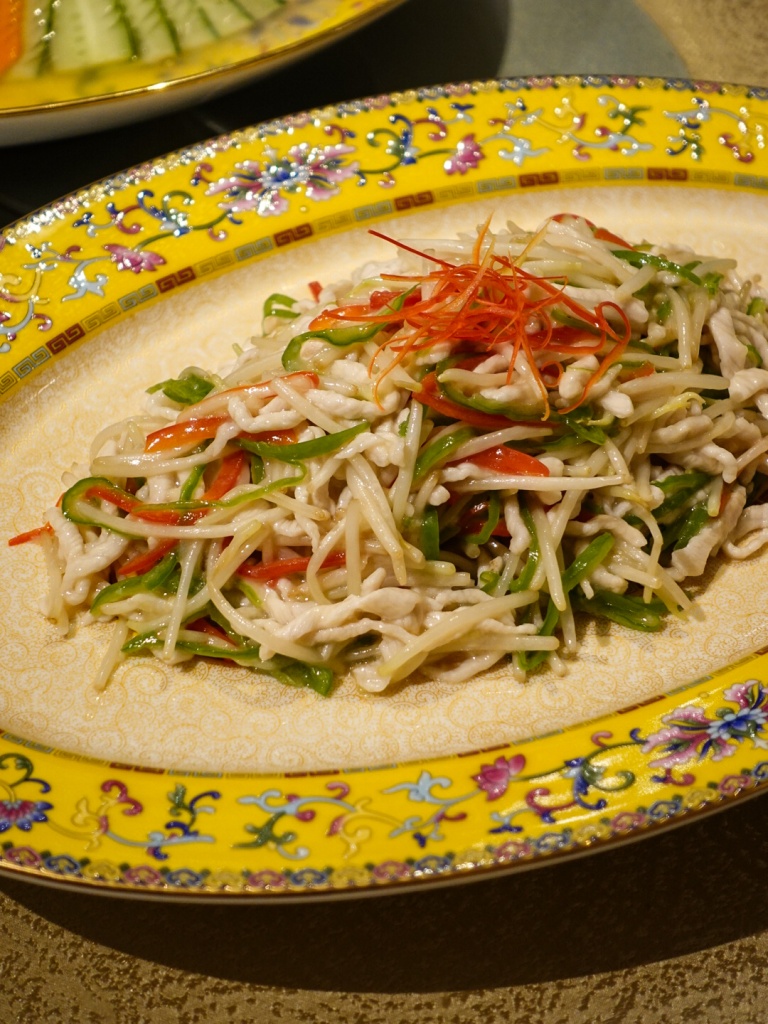
Besides the food, Man Fu Yuan spares no expense at making this as authentic an experience as it can be: Throughout the meal, there are classical Chinese tunes piping in the background (courtesy of a live orchestra), the servers are dressed in Qing dynasty palace outfits, and there’s even traditional dancers in between several courses.
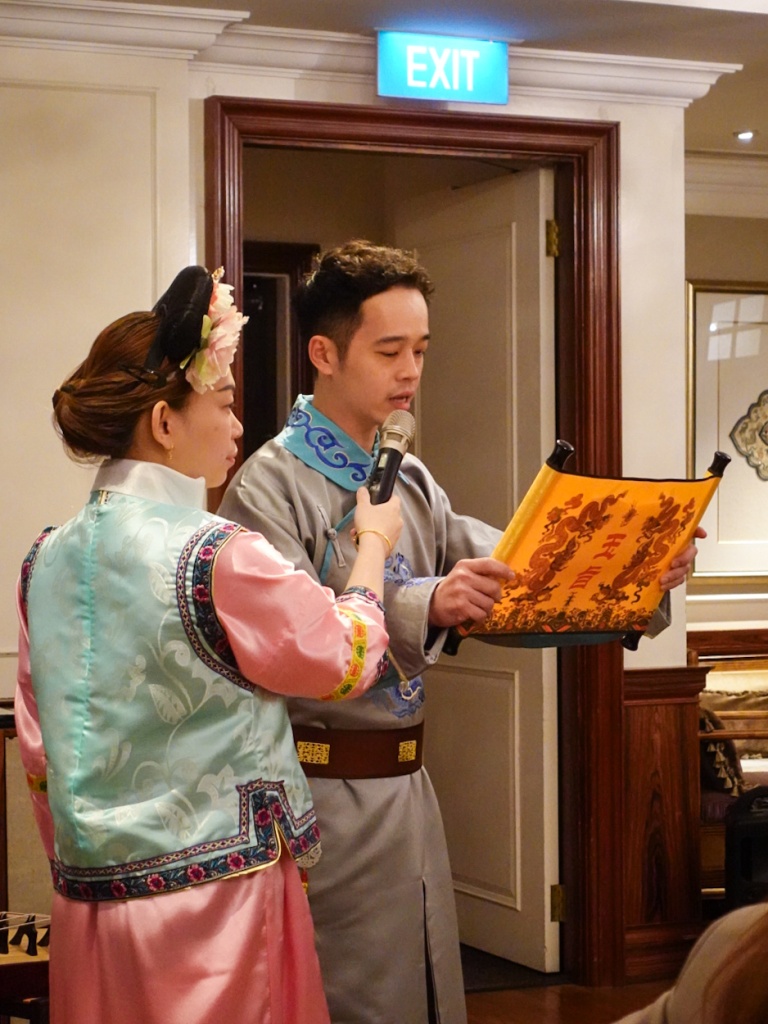
It makes the hours sail by, as food comes out again and again, like clockwork, onto the table.
All things considered, it was an eye-opening experience — being in the shoes of Chinese royalty and getting a taste of the sheer amount of food that filled the tables back in the day.
Though at S$588, it’s clearly a special-occasion meal — one for the bucket list — not to mention the five hours you’d have to set aside just for the dinner service.
It’s likely not for the casual diner. While I could appreciate the artistry, effort, and time that went into the dishes, as well as the lengths chef Aaron went to bring this meal to Singapore, I felt the flavours were a tad muted for the modern palate. The plates stood out for their appearance and components, less so for the taste.
The dishes served, too, were all interestingly uniformly lukewarm, save for the last bowl of baby spinach with tofu soup, which might have coloured the experience for me, since I love my food piping-hot. But maybe that’s just how they had it back in the day, and my millennial tastebuds are none the wiser.
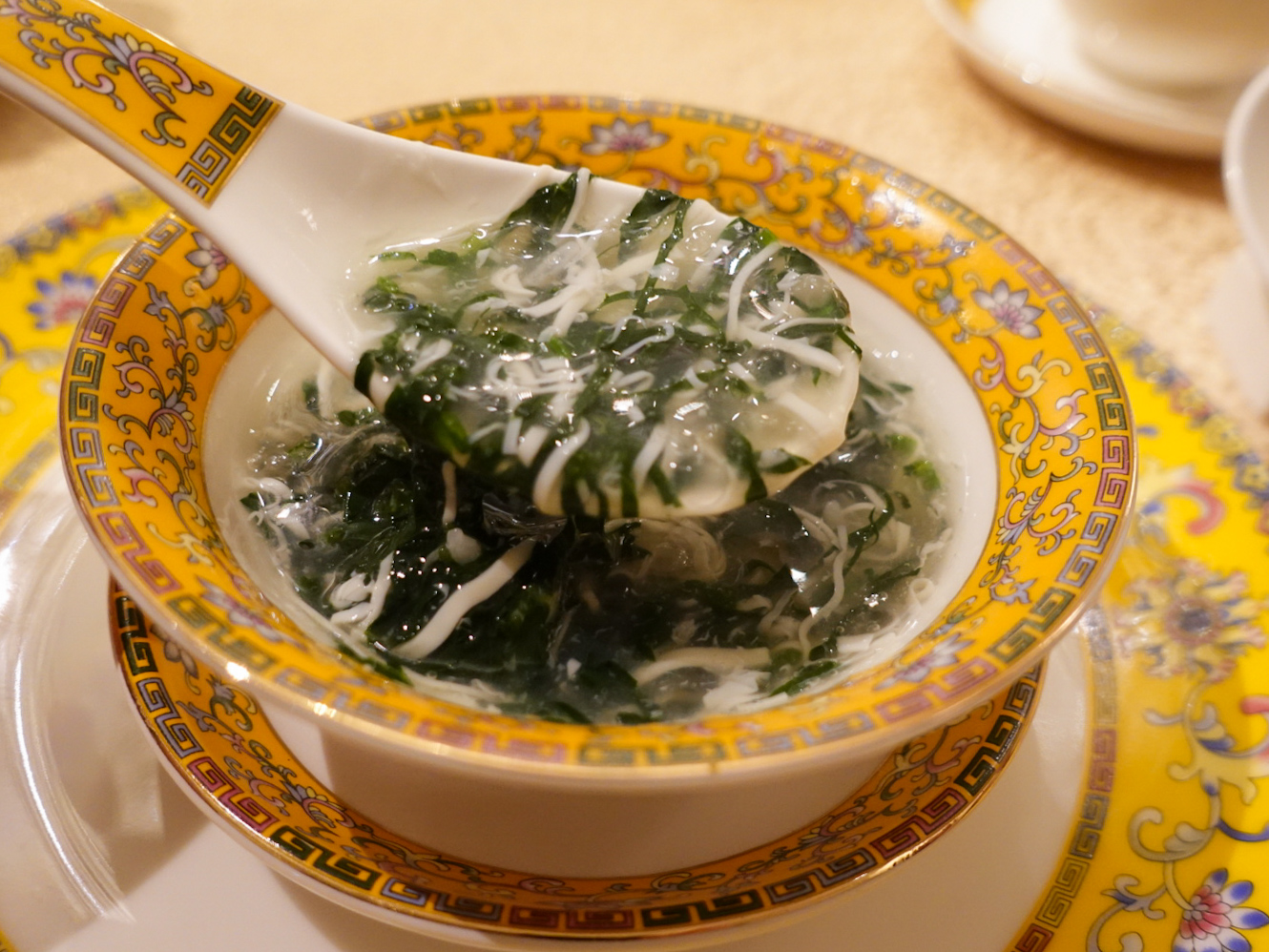
Regardless, it’s worth forking out money for if you’re a fan of Chinese imperial history and traditions, or just want to be part of a moment in history when the Manchu-Han feast is officially served in Singapore for the first time, by a Singaporean chef no less.
I, for one, am glad that such culinary traditions from the past are being preserved, imparted, and shared with the wider audience.
If you’ve missed booking a spot at this exclusive two-day event (we hear the first day is already booked out, with the second nearly running out), we don’t think this is the last we’ll see of the Manchu-Han influences at Man Fu Yuan.
Perhaps a “bear paw” on the menu for Man Fu Yuan’s Chinese New Year menu next year? We’d be the bearers of this good news if that becomes a reality.
This was a hosted tasting.
For more stories, read on Yara, the new modern Asian restaurant and our favourite ayam penyet spots in Singapore.
- Bugis
